Silverleaf nightshade (better known in South Africa by its Afrikaans common name, satansbos), a plant indigenous to the southwestern USA and northern Mexico, has annual stems and a perennial, deep, spreading root system The silverygreen leaves have wavy margins, are often folded upwards along the midrib, and the whitish undersurface isApr 27, 21 · Silverleaf nightshade is a perennial weed common in pastures throughout northwest Oklahoma While generally unpalatable to cattle, this plantThere are the two most common types here in Texas, either actual silverleaf nightshade, or the one as previously mentioned, carolina horsenettle To date, the best observed nonchemical methods for removal of most perennial noxious weeds/brush,
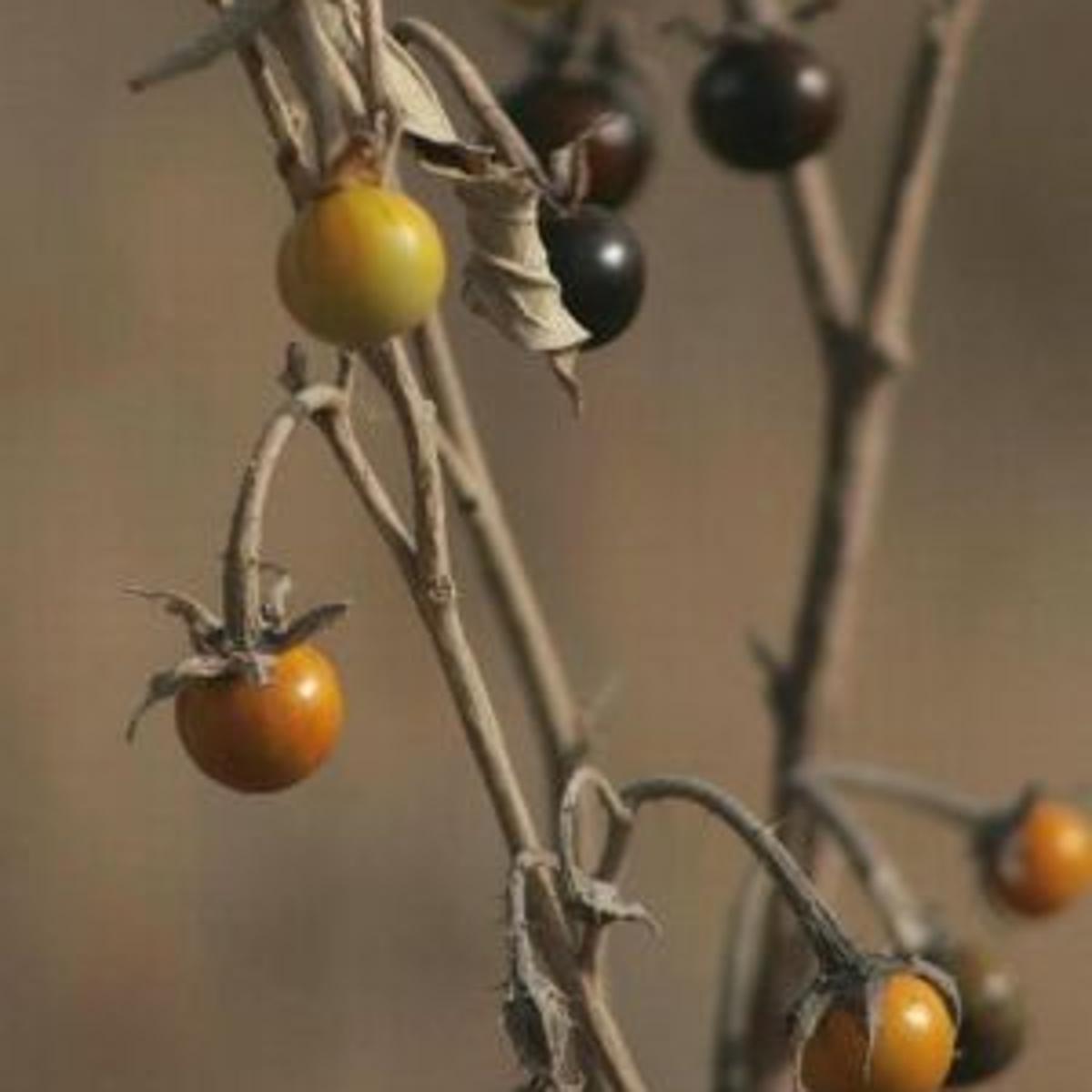
Silverleaf Nightshade Outdoors Tulsaworld Com
Silver leaf nightshade plant
Silver leaf nightshade plant-Mar 10, 10 · Plant Name Scientific Name Solanum elaeagnifolium Common Names Silverleaf Nightshade, Purple Nightshade, White Horsenettle, Tomato Weed, Trompillo Plant Characteristics Duration Perennial Growth Habit Subshrub, Herb/Forb Arizona Native Status Native Habitat Desert, Upland This prickly weed is most common in highly disturbed areas like at the edge ofSilverleaf nightshade is a perennial in the potato family It grows upright to 1 to 3 feet tall, and it is usually prickly The plant reproduces by seed and by creeping rootstock It gets its silver color from the tiny, densely matted, starlike hairs covering the whole plant



Silver Leaf Nightshade Michael Flickr
Blade linear to oblong or oblonglanceolate, 12 to 6 inches long, 5 to 12 inch wide, margins entire to undulate or shallowly sinuate, densely silverywhite stellatecanescentNightshade genus, silverleaf nightshade is poisonous to cattle, but rarely consumed Solanum is a huge genus with 1,01,800 species worldwide, but only are found in Texas (all poisonous) The green portions of its domestic cousin, the potato, are also poisonous Wildlife value of this plant isHow to stop Silverleaf Nightshade causing a costly problem in your paddocksLearn the latest techniques for managing Silverleaf Nightshade, a deeprooted per
Also Called White horsenettle Stems Erect, simple or branched, densely stellatecanescent, prickles to 16 inch Leaves Petiole 4 to 12 inch;The Colorado State University Guide to Poisonous Plants database lists trees, shrubs and perennials that can be harmful to animals The Poisonous Plant Guide is constructed to enable location of a plant by either knowing the common or botanical name of the plantSilverleaf nightshade is difficult to control with herbicide because of its root system Please refer to the PNW Weed Management Handbook, or contact your county noxious weed coordinator For More Information See our Written Findings for more information about silverleaf nightshade (Solanum elaeagnifolium)
Silverleaf nightshade is primarily a weed of agriculture and cropping The weed's extensive root system enables the plant to draw moisture and nutrients from a large volume of soil and compete effectively against other species Although it infests broad areas, the infestations tend to be populated as discrete patchesSilverleaf nightshade is classified as a toxic or poisonous plant;Jun 16, 16 · Answer Most master gardeners agree that the best treatment for Silverleaf Nightshade in residential lawns is to use a nonselective glyphosate product, such as KillzAll Weed and Grass KillerKillzAll will kill just about any plant it is sprayed on so we would recommend performing spot treatments in your lawn and then reseed



Silver Leaf Nightshade Nature Abhors A Garden


Solanum Elaeagnifolium Silverleaf Nightshade Southwest Desert Flora
Silverleaf nightshade (Solanum elaeagnifolium) is a perennial in the nightshade family (Solanaceae) that grows up to 3 feet tall Cotyledons are graygreen and lanceolate First leaves are oblong with wavy margins The leaf surface is covered with starshaped hairs giving it a graygreen colorSilverleaf Nightshade is a broadleaf, deeprooted perennial that is quite competitive When is has infested fields and pastures, it is competitive enough to lower crop yields Silverleaf Nightshade isJun 02, 07 · Silverleaf Nightshade White Horse Nettle Solanum elaeagnifolium Photographed in Phoenix, Maricopa Co, Arizona May 07 This photo is hosted in full resolution at Wikimedia where there are additional images of various Nightshades During


Solanum Elaeagnifolium Silverleaf Nightshade Southwest Desert Flora



Silver Leaf Nightshade Business Queensland
Silverleaf nightshade (Solanum elaeagnifolium Cav) originates from central or southern America and was first reported in Australia in the early 1900s Silverleaf nightshade is a deep rooted, summer active perennial closely related to horticultural crops such as tomatoes and eggplants, making biological control problematic The extensiveHowever, such anthers are the rule for plants known as the nightshades, and this is a nightshade It's the Silverleaf Nightshade, also called White Horsenettle, Prairie Berry and Trompillo It's SOLANUM ELAEAGNIFOLIUM, a member of the huge, important Nightshade Family, the Solanaceae, in which we also find potatoes, peppers and tomatoesJul 31, · Silverleaf nightshade has foliage with gray or silvery appearance, violet, light blue or white flowers, and is 1 to 3 feet tall Stems are sparsely covered with short yellow thorns Leaves and stems have a dense silvery covering of hair Optimum
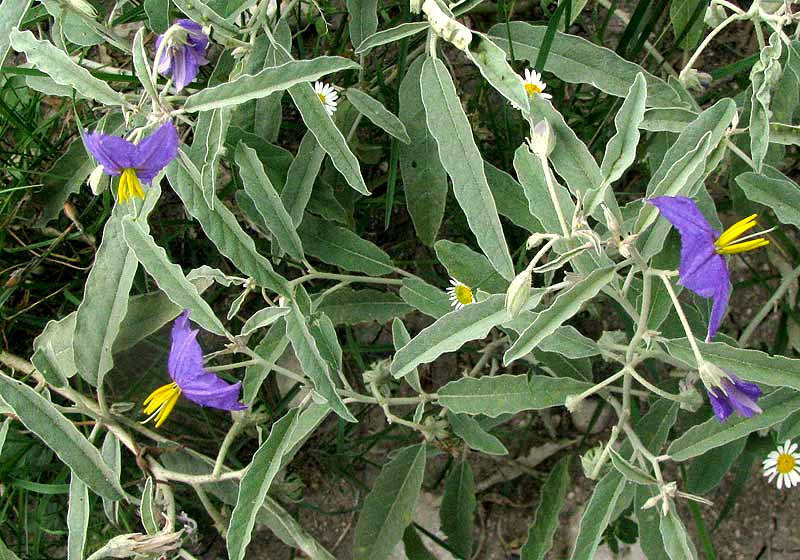


Silverleaf Nightshade Solanum Elaeagnifolium


Solanum Elaeagnifolium Silver Leaf Nightshade Maltawildplants Com The Online Flora Of The Maltese Islands
Silverleaf nightshade tomato weed trompillo white horsenettle This plant can be weedy or invasive according to the authoritative sources noted belowThis plant may be known by one or more common names in different places, and some are listed aboveAug 13, 19 · Silverleaf nightshade Silverleaf nightshade is a summer growing perennial weed with a large root system The root system may grow more than 3m deep and 10m or more across Silverleaf nightshade has the ability to grow new stems from small root piecesSilverleaf nightshade identification Silverleaf nightshade (Solanum elaeagnifolium) is a deeprooted summergrowing perennial plant from the tomato family SolanaceaeIt is an erect, bushy plant growing 30 to 80 cm high It reproduces by seed and from creeping perennial roots



Silverleaf Nightshade Fruit Portraits Of Wildflowers



Silverleaf Nightshade Nachtschatten Elaeagnifolium Stockfoto Bild Von Schadlich Purpurrot
Sep 17, 19 · Nightshade Vegetables List (Fruits And Leaves Are On It Too) Since you now know a bit more about nightshades, let's go through some of those on the nightshade vegetable list one by one and see what there is to uncover about how potatoes, tomatoes, and their friends can potentially wreak havoc on your system 1 The EggplantSilverLeaf Nightshade flowers from late spring into fall and is native to the Southwestern United States and into Mexico It is considered a noxious weed in many states SilverLeaf Nightshade is poisonous and toxic to livestock SilverLeaf Nightshade propagates from both rhizomes and seed found in berriesSilverleaf nightshade is a declared plant under the Natural Resources Management Act 04 (NRM Act) Landholders must control the plant on their property Sale or movement of plants or goods containing plants or plant parts is prohibited within the state Description Silverleaf nightshade is a deeprooted perennial weed of broadacre situations


Silverleaf Nightshade Protecting Clean Farms And Reducing Sa Yield Losses Pirsa113 Sagit Sa Grain Growers Funding Research Solutions


Wra7676 Silverleaf Nightshade Photo
Jul 15, 15 · "Silverleaf nightshade has an extensive root system, linking plants across the paddock and up to several metres in depth, making control very difficult," Mr Bowden saidAppearance Solanum elaeagnifolium is a perennial shrub that can grow up to 3 ft (09 m) tall Foliage Leaves are 139 in (2510 cm) long and narrow with wavy margins The leaves and stems are covered in with dense, fine, white hairs giving it a silvery appearanceSilverleaf nightshade (Courtesy of Paula Richards) One of the few plants to flower even in the heat of a Texas summer, the silverleaf nightshade has tiny hairs in its stem and leaves which give it a silver tint An important thing to know about nightshade is that it is poisonous The leaves and yellow berries are toxic, containing the chemical



Silverleaf Nightshade Declared Pest Agriculture And Food



Silverleaf Nightshade Bugwoodwiki
Silverleaf Nightshade helps us in recognizing that we have the power to hurt as well as heal It is used for fear and paralysis created by our minds that keeps us from owning our own power Silverleaf Nightshade/10 mL stock $ 1150 Add to cartDepartment of Primary Industries and Regions, SouthSilverleaved Nightshade refers to the silver appearance of the leaves due to the fine white hairs and nightshade is derived from the AngloSaxon name for this group nihtscada which translates to night and shade and probably refers to the toxic properties of some species and may have been a reference to death and ghosts


Solanum Elaeagnifolium Silverleaf Nightshade Southwest Desert Flora



Pest Plant Silverleaf Nightshade Department Of Environment Water And Natural Resources
SilverLeaf Nightshade (Solanum elaeagnifolium) is a perennial plant usually growing 8" to " tall It is easily recognized by its silver green wavy leaves and stem color, often thorny stems, and violet colored, star shaped flowers with protruding yellow stamensSilverleaf nightshade is a perennial in the potato family It grows upright to 1 to 3 feet tall, and it is usually prickly The plant reproduces by seed and by creeping rootstock It gets its silver color from the tiny, densely matted, starlike hairs covering the whole plantAppearance Solanum elaeagnifolium is a perennial shrub that can grow up to 3 ft (09 m) tall Foliage Leaves are 139 in (2510 cm) long and narrow with wavy margins The leaves and stems are covered in with dense, fine, white hairs giving it a silvery appearance



Silver Leaf Nightshade Michael Flickr



Silver Leaf Nightshade Weed Identification Brisbane City Council
Silverleaf nightshade is a native of North and South America Silverleaf nightshade has naturalised widely on mainland AustraliaMar 02, 17 · Solanum elaeagnifolium, more commonly known as silverleaf nightshade, is a weed that is found throughout North America The leaves and stems are covered with tiny hairs that give it a silvery appearance, but the stems also have nettlelike pricklesImpacts of silverleaf nightshade Silverleaf nightshade is a serious pasture and crop weed The weed is also toxic to stock, in particular cattle and horses Where does silverleaf nightshade occur?



Silver Leaf Nightshade Images Stock Photos Vectors Shutterstock



Vegetation Around Las Vegas Silverleaf Nightshade Solanum Elaeagnifolium
PIRSA researcher Dr John Heap explains silverleaf nightshade and why it's such a difficult weed to control In another video, John explains the biological coSilverleaf nightshade, a deeprooted broadleaf perennial, is common throughout California to 3900 feet (10 m) except in the North Coast, Klamath Ranges, and Great Basin It is particularly widespread in California's desert valleys, especially in poorly managed fieldsThe typical silverleaf nightshade is an erect, multistemmed perennial plant growing up to 60cm The leaves are 510 cm long, have wavy edges and are silverygreen with a paler undersurface Short, brownyellow spines approximately 5 mm long occur on the stems and petioles (short stems attaching the leaves to main stems)



Silver Leaf Nightshade Weed Identification Brisbane City Council



Day 6 Silver Leaf Nightshade Sorry For Posting So Many Ph Flickr
Silverleaf nightshade is a restricted invasive plant under the Biosecurity Act 14 It must not be given away, sold, or released into the environment without a permit The Act requires everyone to take all reasonable and practical steps to minimise the risks associated with invasive plants and animals under their controlPoisonous both to cattle and humans However, some birds feed on the fruitsSilverleaf nightshade (Solanum elaeagnifolium) is a weed that reduces production in crop and pasture enterprises throughout the Australian wheatsheep zone It is a longlived perennial plant with very deep, resilient roots It grows during spring and summer and uses valuable moisture and nutrients needed for following crops and pastures


Nsw Weedwise


Silverleaf Nightshade Declared Pest Agriculture And Food
Silverleaf nightshade is a deeprooted, shrublike, perennial, herbaceous plant about 30–60 cm tall Plants have multiple, hairy, lanceshaped leaves, giving the plant a silverywhite appearance Flowers are starshaped and either blue, purple or white, with five fused petals and five prominent yellow anthers The berries, which are yellowSilverleaf nightshade (Solanum elaeagnifolium) is a weed that reduces production in crop and pasture enterprises throughout the Australian wheatsheep zone It is a longlived perennial plant with very deep, resilient roots It grows during spring and summer and uses valuable moisture and nutrients needed for following crops and pasturesSolanaceae, the Nightshade family, consists of 90 genera and species with great variation in habit and distribution on all continents except Antarctica, with the majority of species diversity in Central and South America (PBI Solanum Project, 14)Solanum is one of the largest genera of vascular plants with about species, 1000 of which are speculated to be of


Silverleaf Nightshade Declared Pest Agriculture And Food



Silverleaf Nightshade Solanum Eleaegnifolium Weed Profile Weed Identification
May 24, 18 · Silver Leaf Nightshade (Solanum elaeagnifolium Cav) is an upright, usually prickly perennial in the nightshade familyIt normally grows 1 to 3 feet tall and reproduces by seed and creeping root stalks Leaves have a silver color (hence the name) with wavy margins and are lance shaped to narrowly oblong



Silverleaf Nightshade Solanum Elaeagnifolium Cav Silverle Flickr



Silverleaf Nightshade Outdoors Tulsaworld Com


Solanum Elaeagnifolium Silverleaf Nightshade Southwest Desert Flora
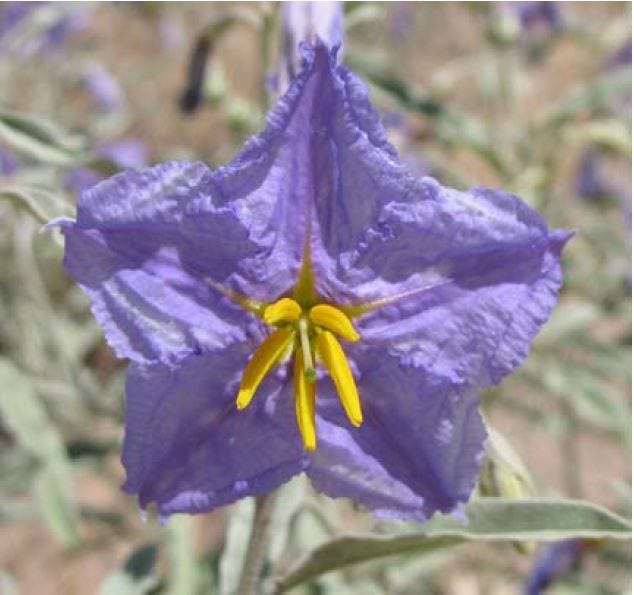


Controlling Perennial Weeds Silverleaf Nightshade And Nutsedges



Solanum Species Bull Nettle Devil S Tomato Olive Leaf Nightshade Silverleaf Nightshade Solanum Elaeagnifolium



Plants Profile For Solanum Elaeagnifolium Silverleaf Nightshade
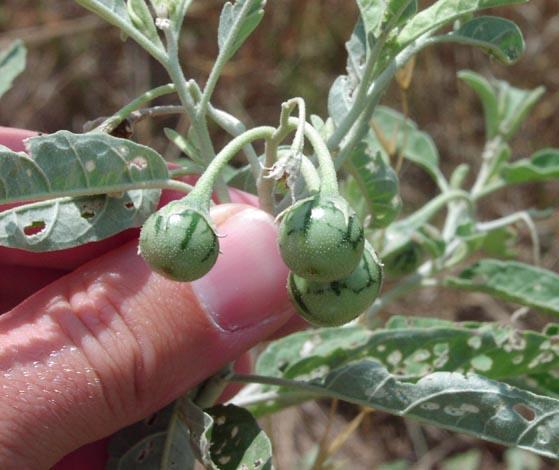


Silver Leaf Night Shade Arizona Poison And Drug Information Center


Silverleaf Nightshade February 11 Deer Canyon Folks
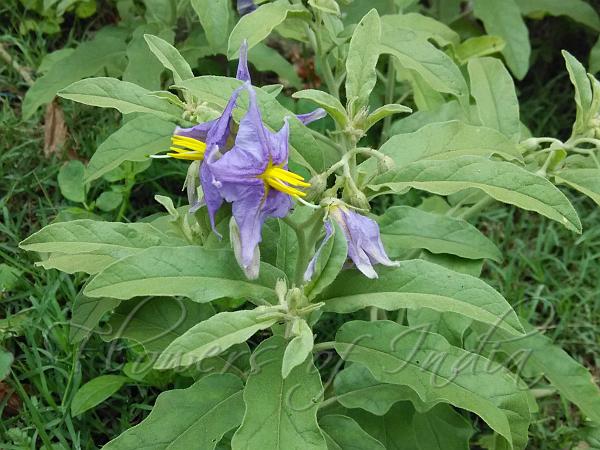


Solanum Elaeagnifolium Silverleaf Nightshade



Diversity Of Silverleaf Nightshade In Australia And Implications For Management Semantic Scholar



1 A Silver Leaf Nightshade Solanum Elaeagnifolium Plants Produce Download Scientific Diagram
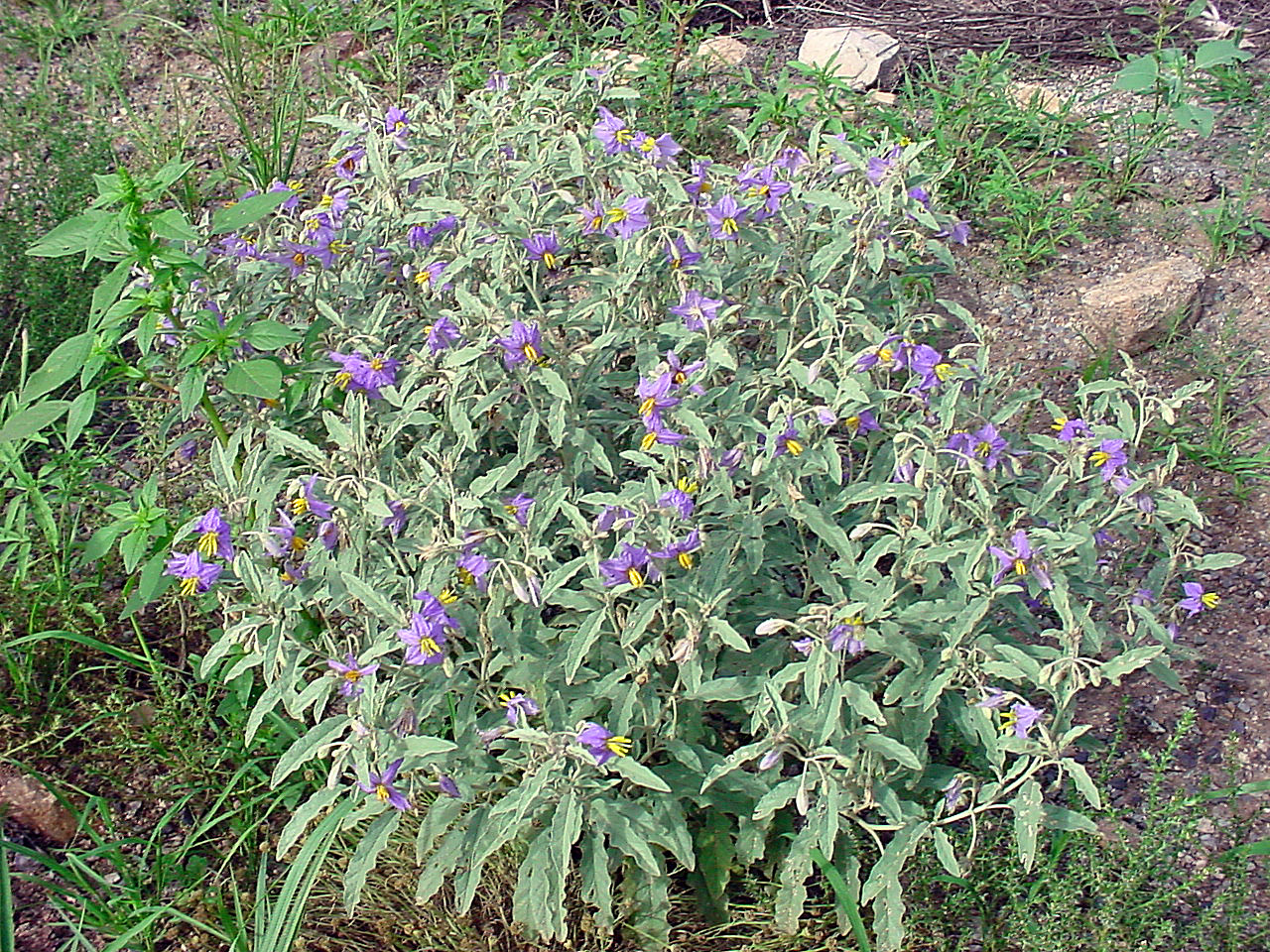


Vascular Plants Of The Gila Wilderness Solanum Elaeagnifolium



Silverleaf Nightshade Solanum Elaeagnifolium Germanos Cyprus Youtube
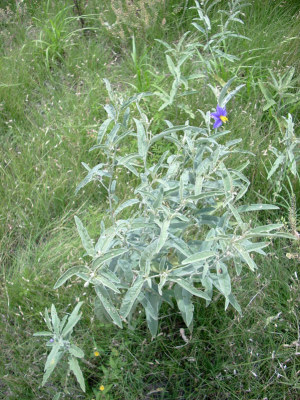


Silverleaf Nightshade
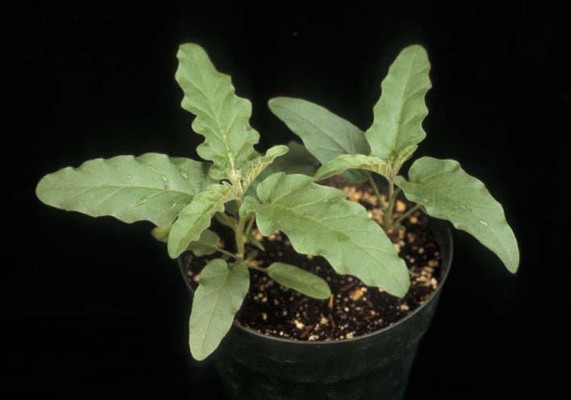


Silverleaf Nightshade Mizzou Weedid


Plants Silverleaf Nightshade


Silverleaf Nightshade Solanum Elaeagnifolium Solanaceae Potato
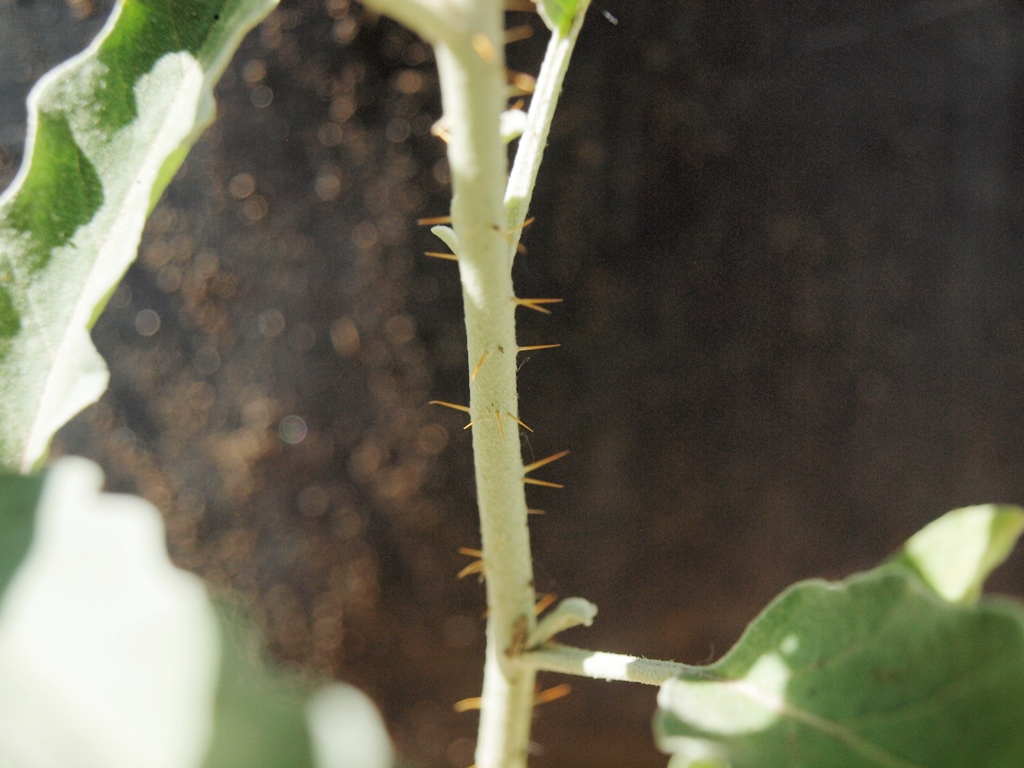


Silverleaf Nightshade The Beauty Is A Beast Southwest Gardensmith
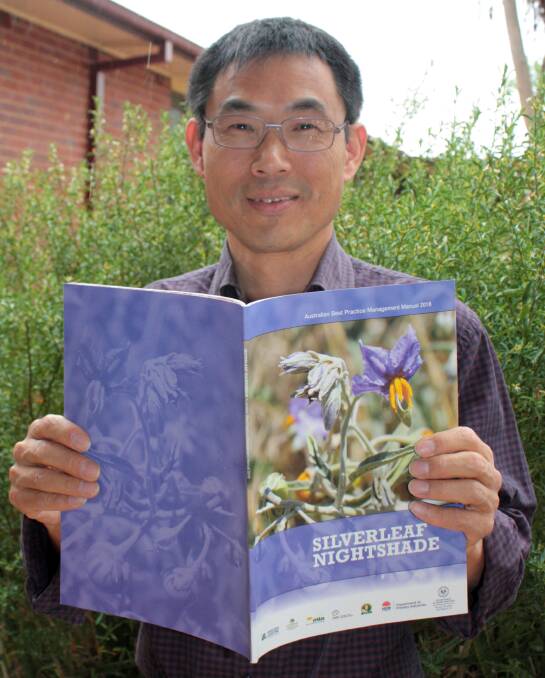


Take A Two Pronged Attack Against Silverleaf Nightshade The Land Nsw
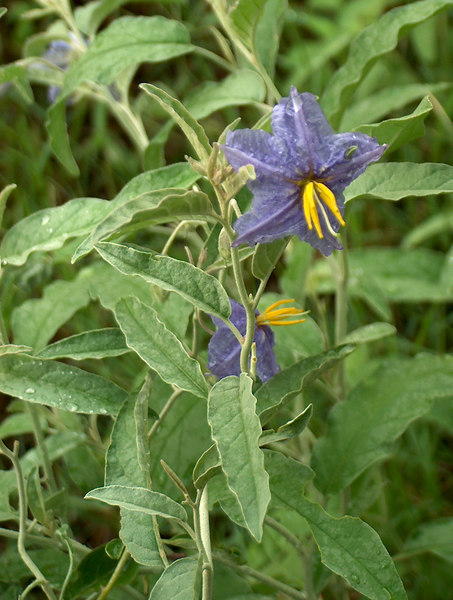


Silverleaf Nightshade A Hairy Weed Biology 4 Me



Silver Nightshade Photos Free Royalty Free Stock Photos From Dreamstime


Weed Of The Week Silverleaf Nightshade Forage Fax


Israel Wildflowers Silver Leaved Nightshade



Silver Leaf Nightshade Solanum Elaegnifolium Camp Lula Sams Brownsville Texas Usa



Silver Leaf Nightshade Weed Identification Brisbane City Council
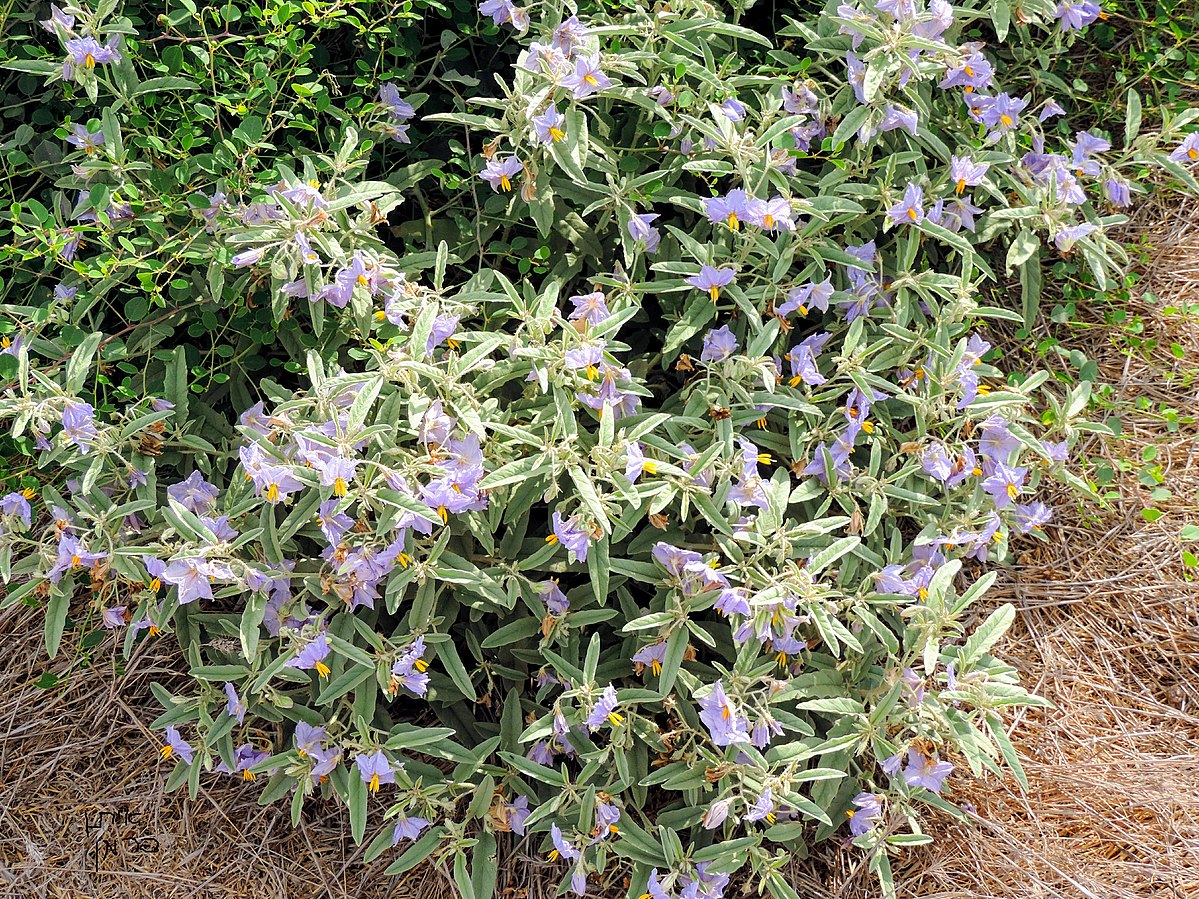


Silverleaf Nightshade Solanum Elaeagnifolium Fraser Valley Invasive Species Society



Silverleaf Nightshade Album On Imgur
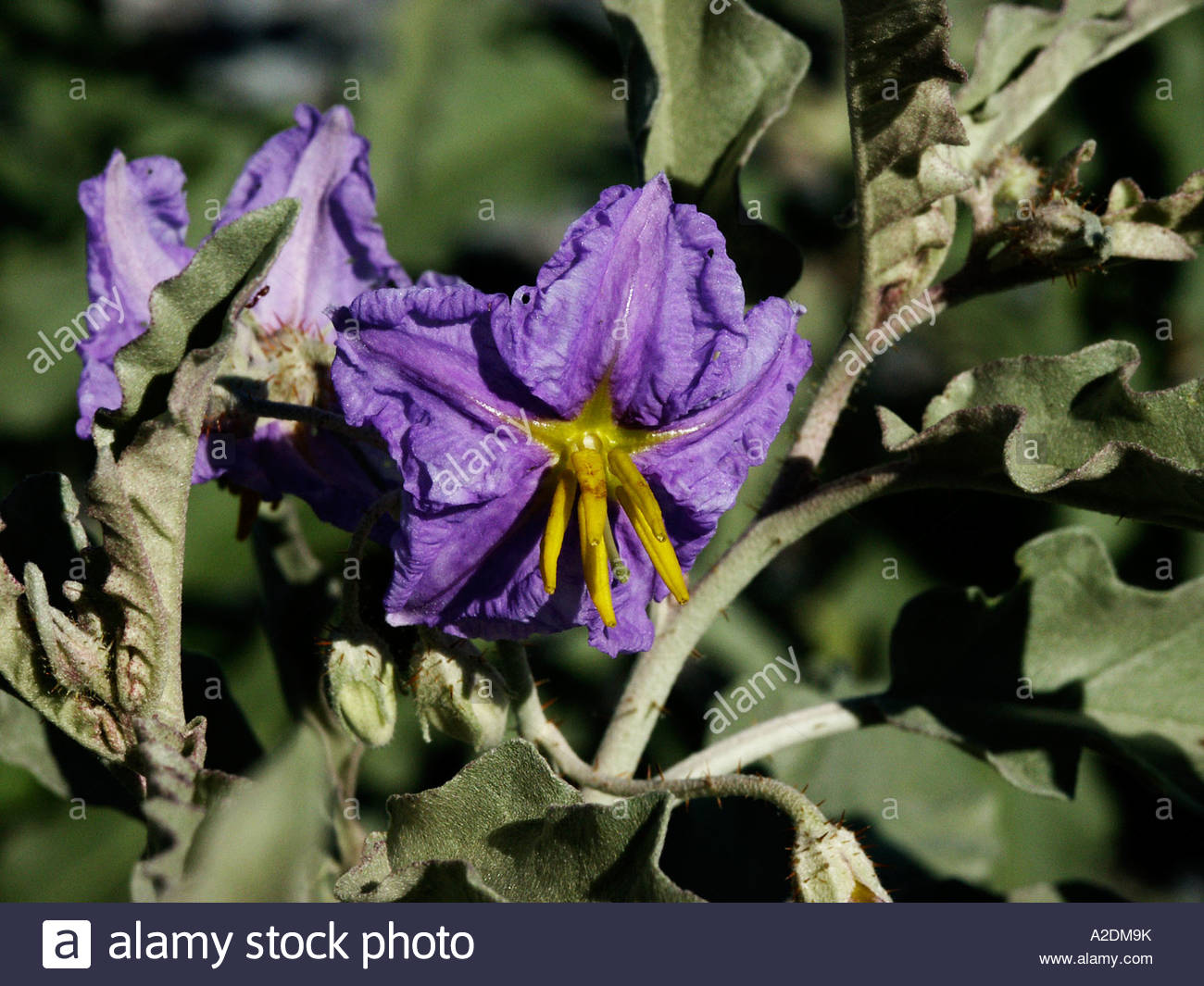


Silver Leaf Nightshade Silverleaf Nightshade Solanum Elaeagnifolium Stock Photo Alamy
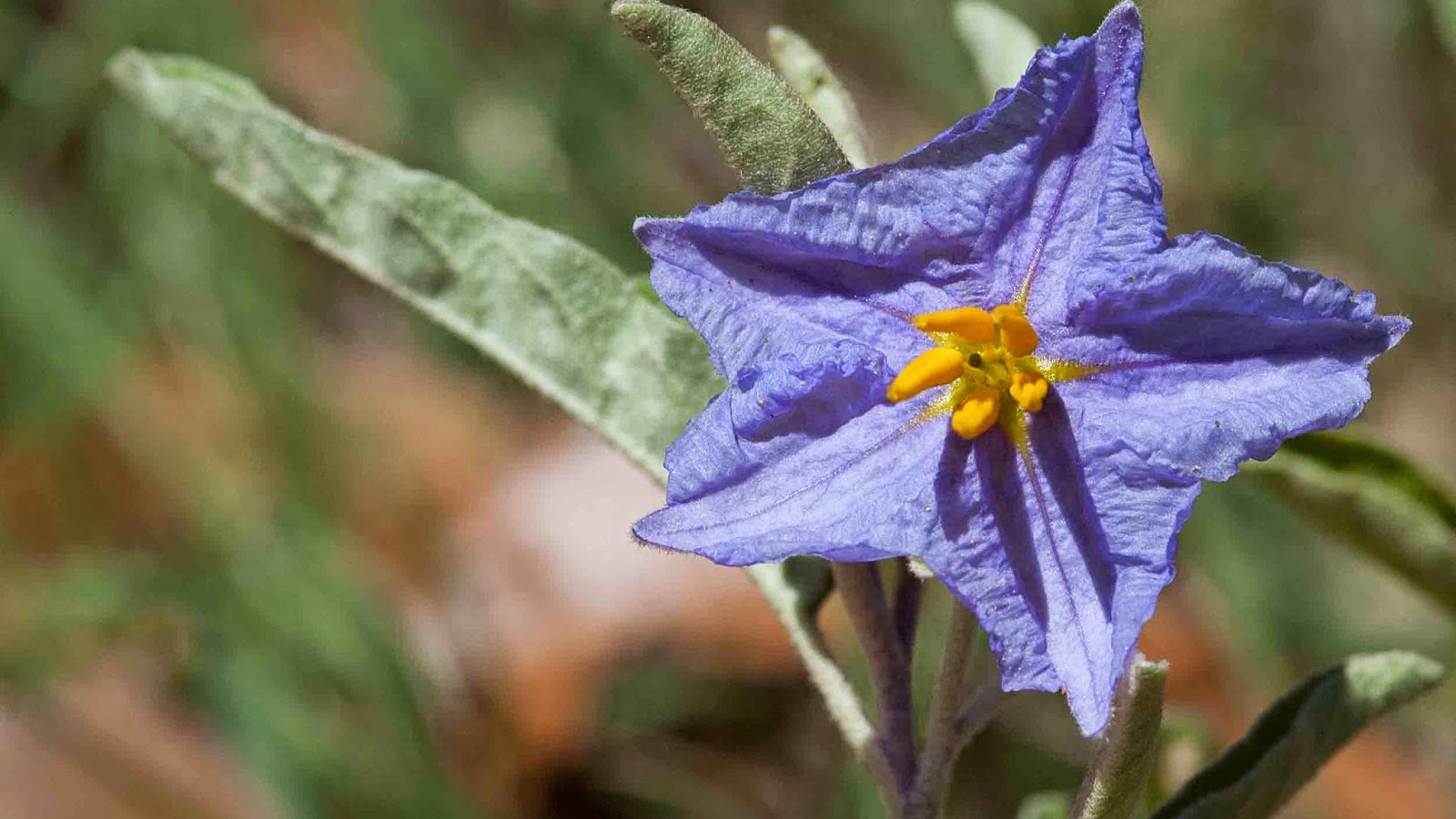


Silverleaf Nightshade Weed Killer Lawn Dork



Government Canyon State Natural Area Texas Parks And Wildlife Silverleaf Nightshade Solanum Elaeagnifolium Star Shaped Blossoms All Parts Of The Plant Are Toxic Including The Yellow Berries It Develops Tomatoes


Silver Leaf Nightshade Html



Silverleaf Nightshade Can Be Beaten Weedsmart



Silver Leaf Nightshade Images Stock Photos Vectors Shutterstock


Silver Leaf Nightshade Html



Silverleaf Nightshade Silverleaf Nightshade Solanum Elaeagnifolium Stockfoto Und Mehr Bilder Von Blatt Pflanzenbestandteile Istock


Solanum Elaeagnifolium Silverleaf Nightshade Native Plants Of North America


Silverleaf Nightshade Silver Leaf Nightshade White Horse Nettle Trompillo Tomato Weed Solanum Elaeagnifolium Cav



Solanum Elaeagnifolium Wikipedia
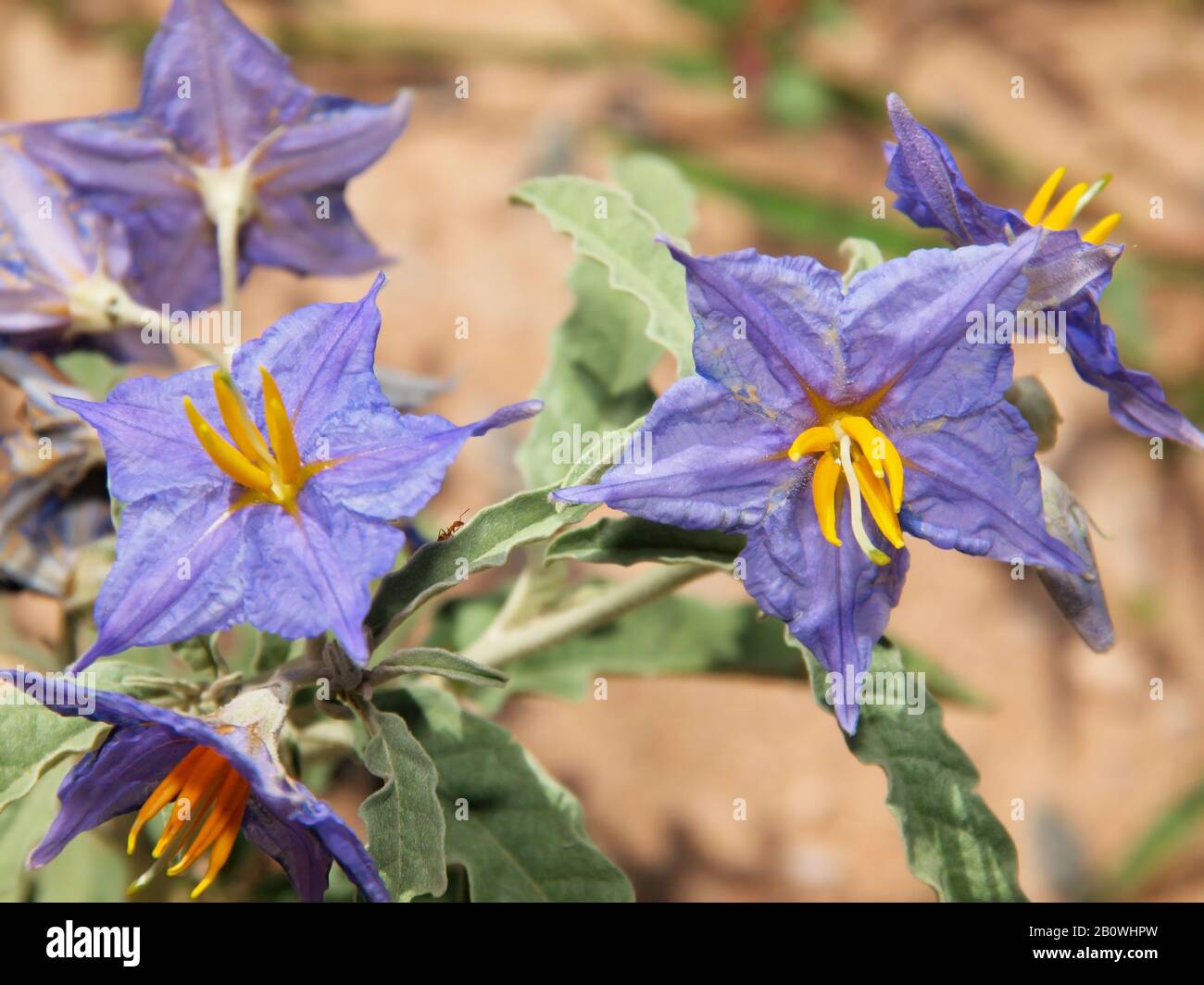


Die Blume Des Silverbleaf Nightshade Es Ist Eine Giftige Pflanze Die In Arizona Heimisch Ist Sie Wachst Uberall Dort Wo Sich Wasser Ansammelt Etwa Entlang Von Strassenrandern Und D Stockfotografie Alamy



Solanum Elaeagnifolium Silverleaf Nightshade Silverleaf Flickr



Silverleaf Nightshade Solanum Elaeagnifolium Is Poisonous And Growing On Shoal Creek Austin Tx Youtube


Solanum Elaeagnifolium Silverleaf Nightshade Southwest Desert Flora



Beautiful Purple Violet Silver Leaf Nightshade Solanum Elaeagnifolium Flowers Macro Closeup With Prickly Leaves And Buds Open Stock Photo Image Of Summer Spring



Weed Identification Silver Leaf Nightshade



Silver Leaf Nightshade Forage Fax



Purple Flowers Of Solanum Elaeagnifolium The Silverleaf Nightshade Stock Photo Image Of Silverleaf Elaeagnifolium



Silverleaf Nightshade Desert Alchemy Der Essenzenladen


Silver Leaf Nightshade Control



File Silver Leaf Nightshade With Beetle Eating Bloom Jpg Wikimedia Commons



File Solanum Elaeagnifolium Silverleaf Nightshade Flickr Gailhampshire Jpg Wikimedia Commons
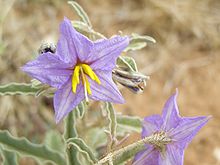


Solanum Elaeagnifolium Wikipedia



Silverleaf Nightshade Aggieturf
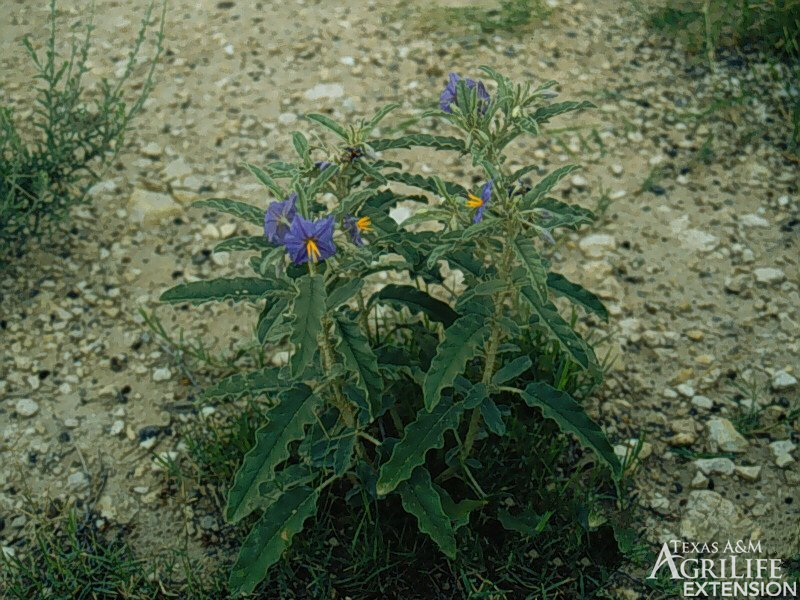


Plants Of Texas Rangelands Silverleaf Nightshade
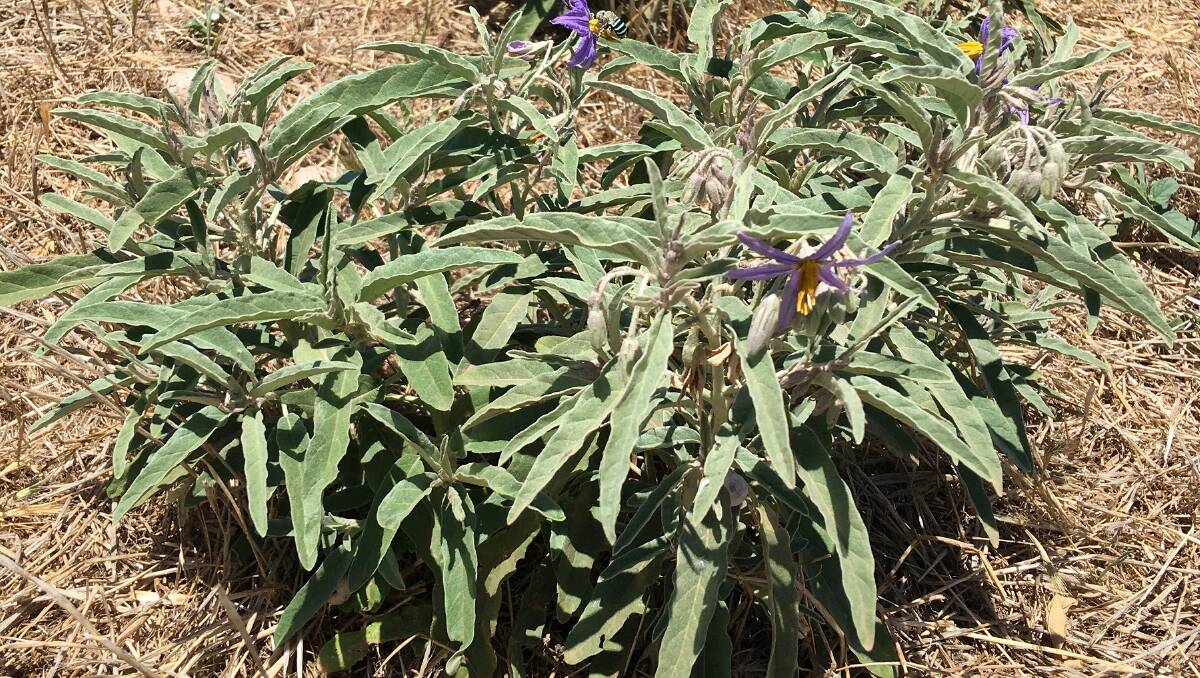


Landholders Urged To Keep An Eye Out For Silverleaf Nightshade Stock Journal South Australia



Silver Leaf Nightshade Weed Identification Brisbane City Council



Controlling Silverleaf Nightshade Farm Online Australia



Silverleaf Nightshade Nachtschatten Elaeagnifolium Stockfoto Bild Von Schadlich Purpurrot



Managing Invasive Nightshades Horsenettles In Natural Areas And Pastures Techline Invasive Plant News
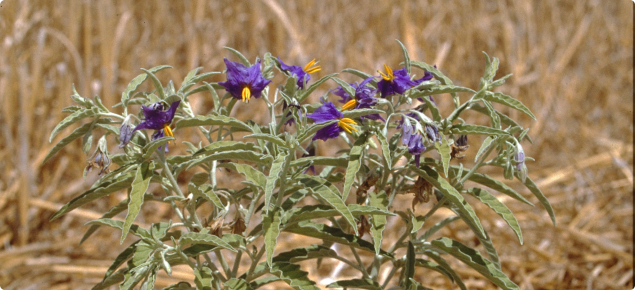


Silverleaf Nightshade Declared Pest Agriculture And Food


Solanum Elaeagnifolium Silverleaf Nightshade Npin



Silver Leaf Nightshade Weed Identification Brisbane City Council



Silver Leaf Nightshade A Pretty Wildflower Or A Noxious Weed Lifestyles Taylorpress Net


Silverleaf Nightshade Solanum Elaeagnifolium North West Weeds
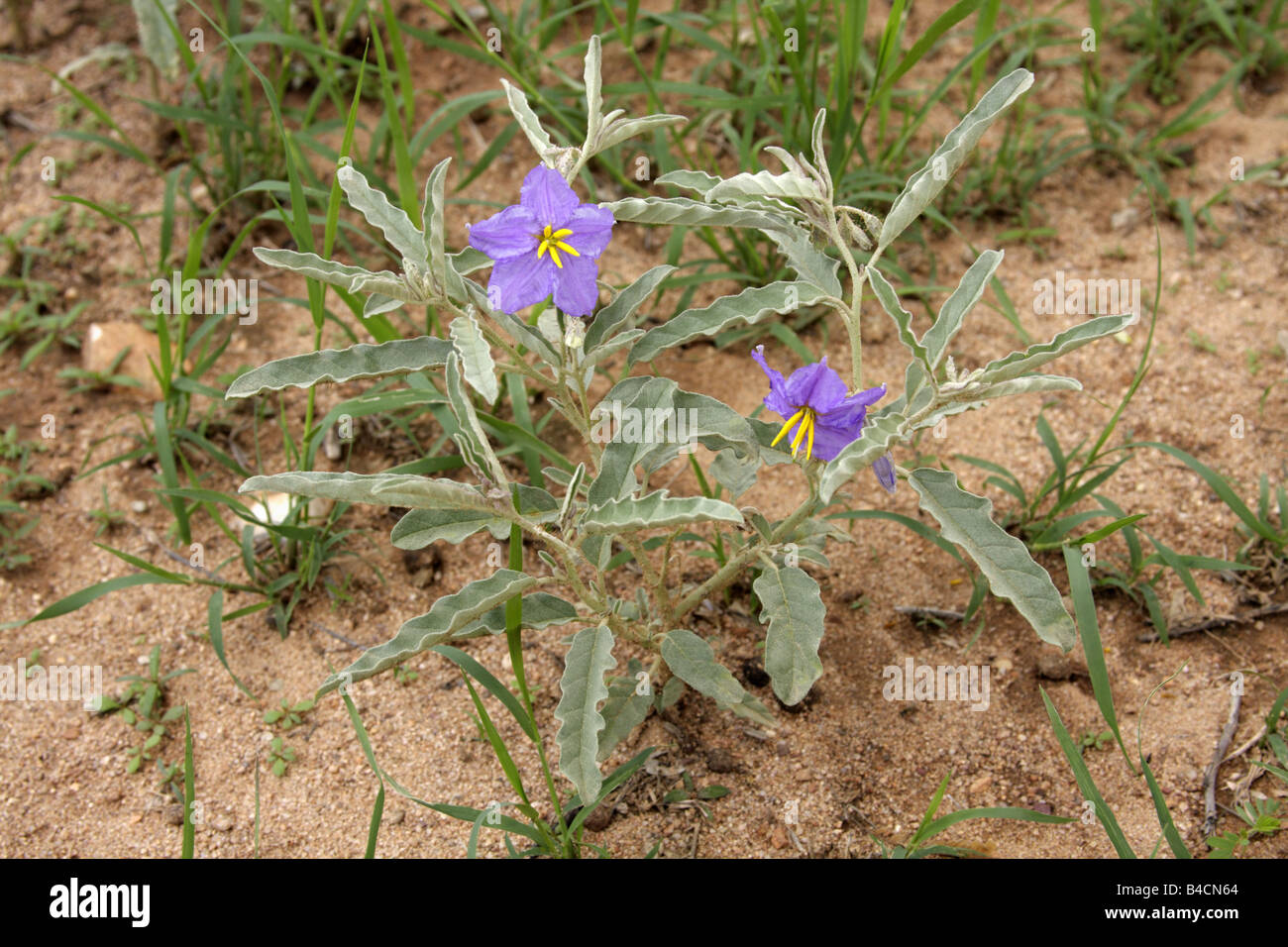


Silver Leaf Nightshade Solanum Elaeagnifolium Arizona Usa Stock Photo Alamy
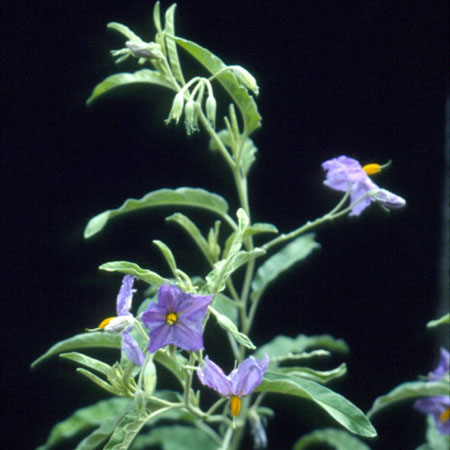


Silverleaf Nightshade Solanum Elaeagnifolium Canadian Food Inspection Agency


Silverleaf Nightshade February 11 Deer Canyon Folks


Israel Wildflowers Silver Leaved Nightshade
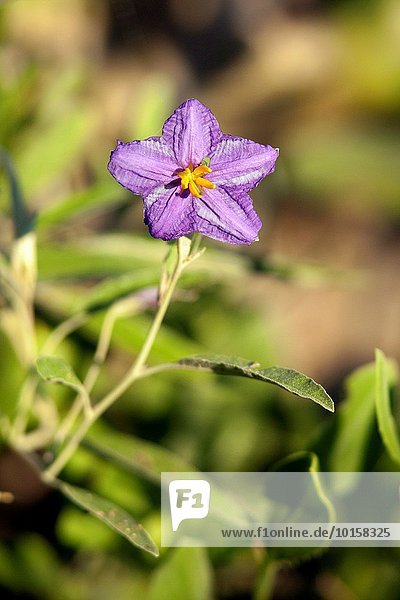


Silver Leaf Nightshade Solanum Elaegnifolium Camp Lula Sams Brownsville Texas Usa



Some Silver Leaf Nightshade Poisongarden
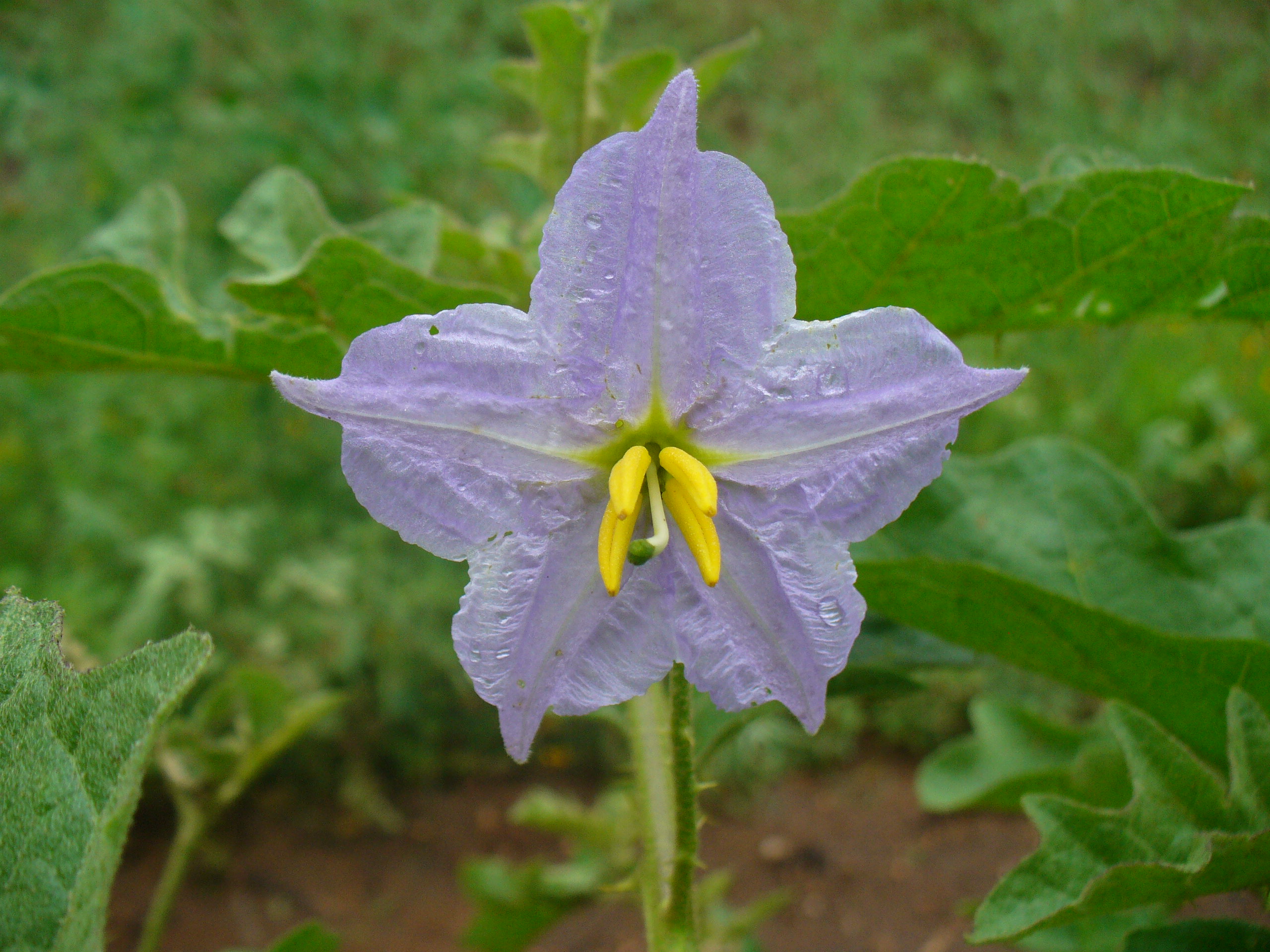


Silverleaf Nightshade Upper Highland Lakes Nature Center


Silverleaf Nightshade What S Blooming



Silverleaf Nightshade The Silverleaf Nightshade A Common Flickr



Farmers Urged To Scan Properties For Silverleaf Nightshade Pest Plant The Recorder Port Pirie Sa
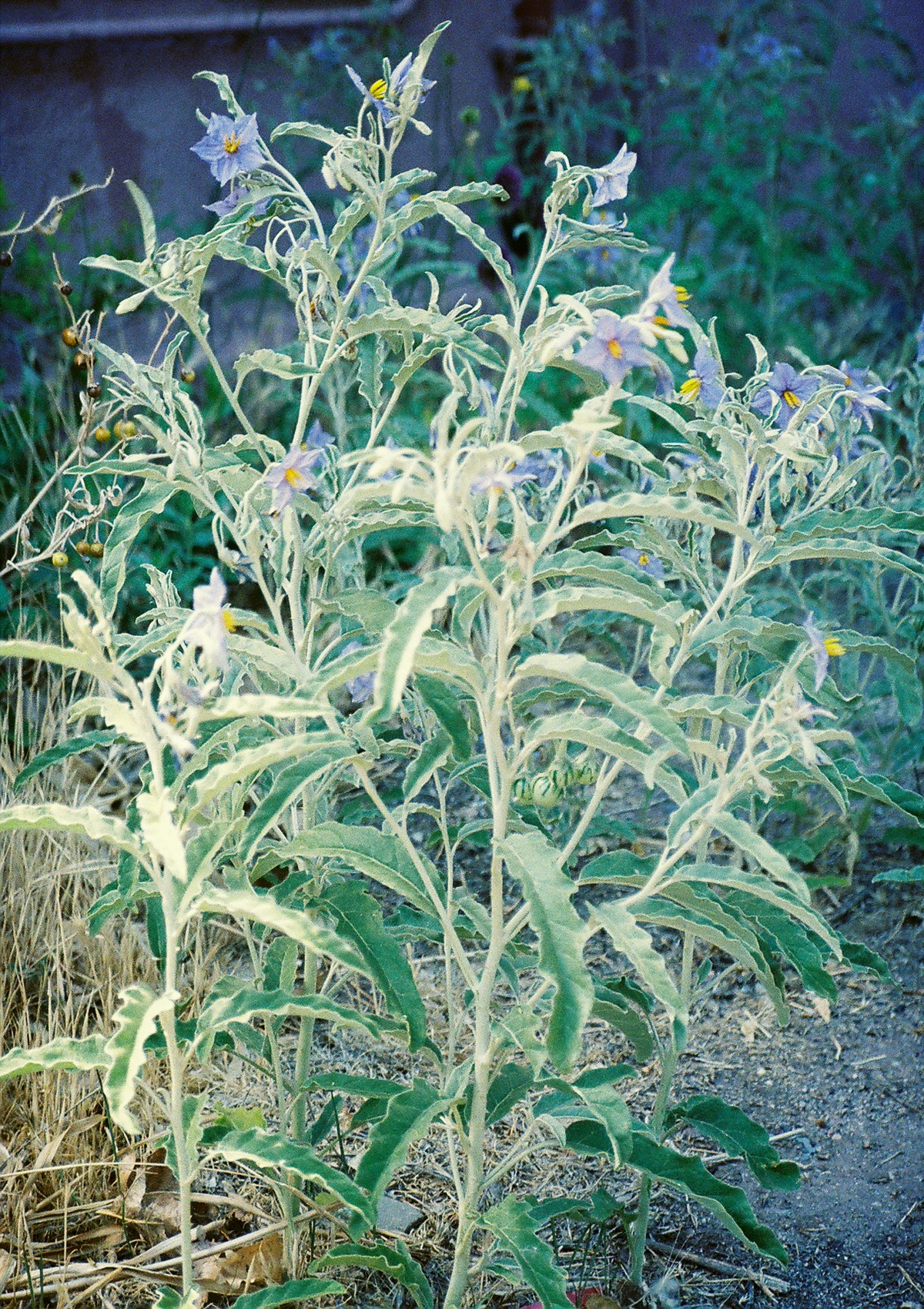


Solanum Elaeagnifolium Wikipedia



0 件のコメント:
コメントを投稿